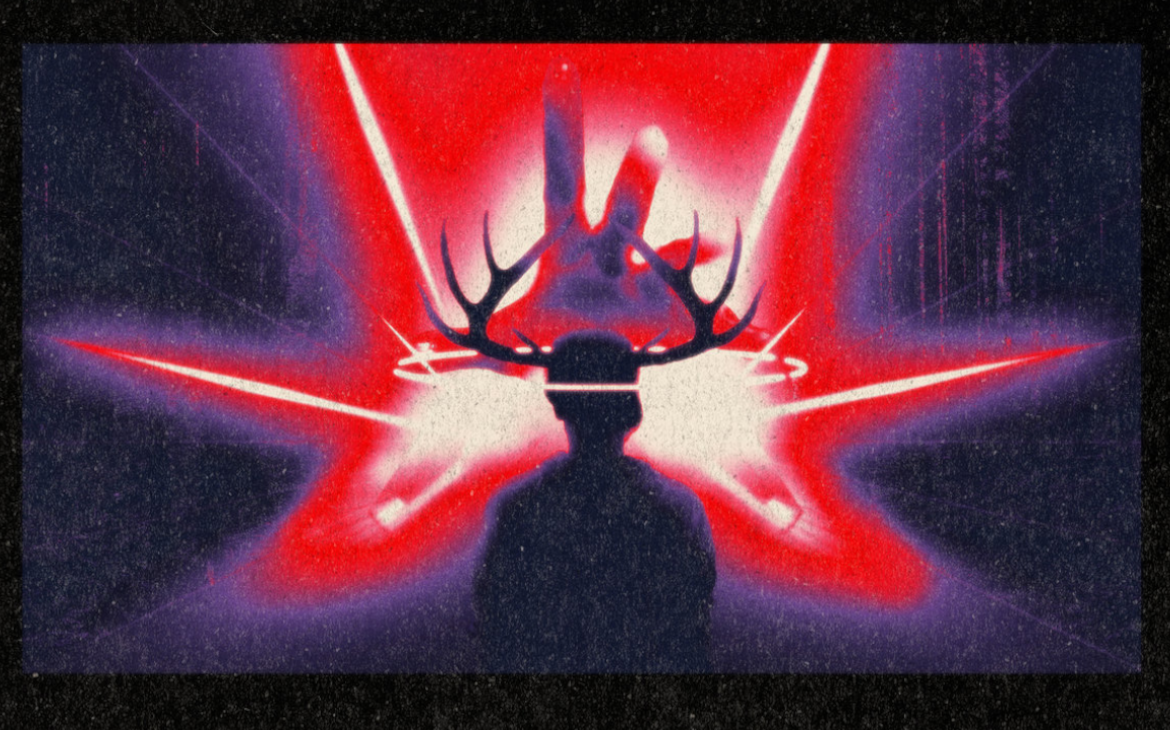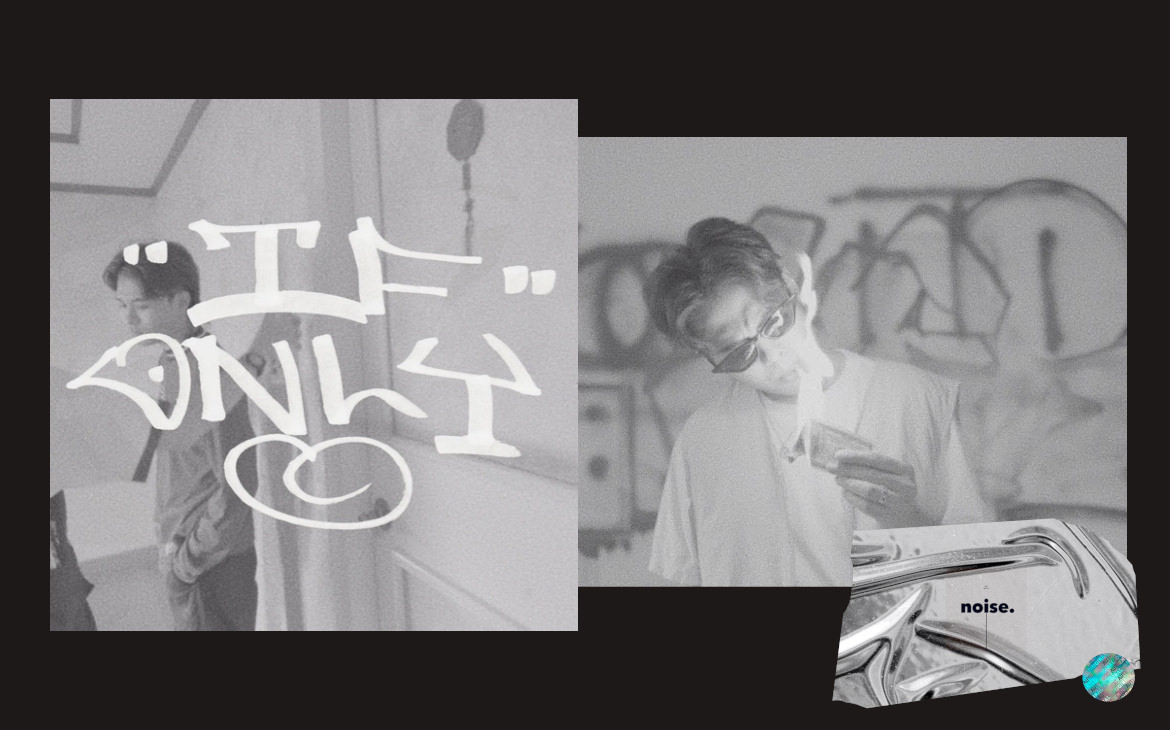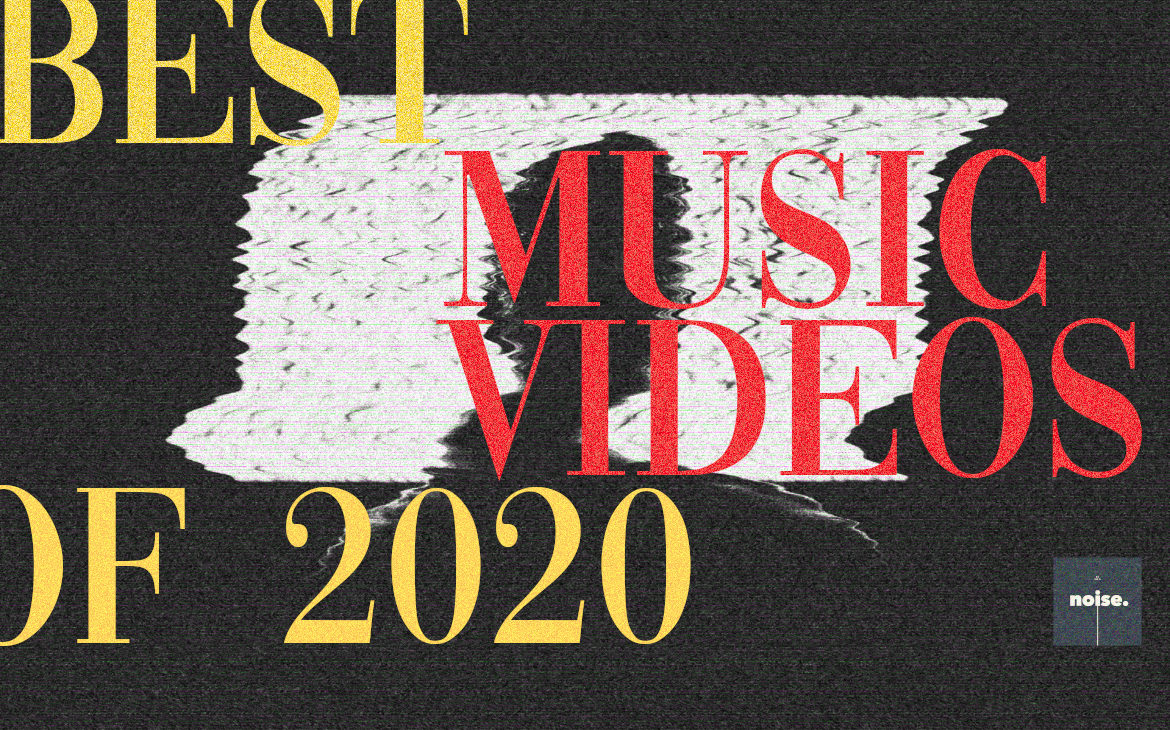“Trauma Fawn” reveals the messiness and falsehoods of the resilience narrative
By Jam Pascual
Content warning: car crashes, self-harm, sui
“Something / comes into the world unwelcome / calling disorder, disorder—”
—Louise Glück, “Witchgrass”
Before anybody could steel themselves for it, December reared its ugly head. It is like seeing its true face for the first time, unadorned by prickly wreaths and rice lights. And eventually the new year will roll in, and someone will shoot fire into the sky for no reason, hollow flashbang yielding to a great dark nothing, this simultaneously alarming and numbing year.
Beast Jesus’ new song “Trauma Fawn,” featuring Calix, was released November 26 along with the following artistic statement: “‘Trauma Fawn’ is a product of uncertain times, with a production process reflecting the text’s own internal dialogue—steeped in conflict between unitary affirmations of life, and the drive towards annihilation.” The track itself is feral, perfectly blending the band’s penchant for nuancing the brute force of punk and metal, and Calix’s menacing flow. There is an acuity to how “Trauma Fawn” historically situates itself and the condition of its listeners.
Three perspectives comprise this Rashomon-esque narrative. Calix’s verse articulates two: an incoming vehicle and a deer caught in its headlights, testing each other’s mettle in the deadlock of a split second. In F. Maria’s verse, the persona challenges fate by moving into incoming traffic, before retreating from impact at the very last moment. It’s interesting how “Trauma Fawn” freezes the point in time before collision. Schrodinger’s Cat begging for the actual. To understand this temporal ghost zone means also understanding the confluence of impulses that take us there.
The idea of the death drive, or death instinct, was originally articulated by Sigmund Freud. According to Freud, the death drive counter-argues the idea that all human beings, consciously or otherwise, work towards their self-interest and preservation. Very crudely speaking, the death drive governs self-sabotage and self-destruction. It explains why people reenact traumatic experiences, or habitually revisit painful memories.
Maria makes the following point to The Rest Is Noise: “For example, the drives. When people get neurotic whether it’s trying to bridge the gap between another person, or why people wind up working against their own self-interest by trying to kill themselves. It’s because drives are inherently totalizing, eh. The same way like, trauma as an emotional complex, all the influences tugging at you, they’re totalizing systems.”
To understand this temporal ghost zone means also understanding the confluence of impulses that take us there.
Controversy and debate surround the idea of the death drive and even Freud’s work in general, and no one is obligated to agree with him about jack shit. But I’ve seen the death drive turn up like a wild animal’s glowing eyes in heat-search goggles, in ways both absurd and banal, in a year full of horror. Bereft of the typical spaces and rituals through which we usually gather, people take to pushing others away, hiding from closeness, as if toughening themselves up to live without a resource so scarce. Cooped up in homes that double essentially as doomsday bunkers, people drink more than usual to become numb. I’ve watched the kindest people I know get so disproportionately generous with their time for ad agencies, staying up late and held down by terrible pressure to help faceless companies spin products to be consumer-viable in end times. And when friends I’ve seen in Instagram stories travel and eat out and physically socialize like nothing’s going on, stubborn to preserve the creature comforts of pre-COVID times, is that also the death drive at work? I never thought Freud with a dash of class analysis was what would define the zeitgeist; but here we are, absurd and getting used to doom.
“At the same time I extend that view towards things like capital,” Maria says. “It’s a system that embodies the drive to totalize itself at any cost. The accelerationists have a bit of that view din kasi, na y’know like, being subsumed into a techno capitalist singularity.” I am looking at the big business who, against all good sense, insist on the paradigm of exploiting creatives to make their little campaigns snag profit. In a year full of death, they still look for zombies. “Every system seeks to reproduce itself. So the same thing, we have y’know like, drives that make us totalize into states that might be contrary to our self-interest—capital works the same way. It just keeps on expanding and expanding and expanding despite its effects on the population it’s supposedly supposed to serve.”
Bereft of the typical spaces and rituals through which we usually gather, people take to pushing others away, hiding from closeness, as if toughening themselves up to live without a resource so scarce.
For a brief spell, when I struggled with self-harm, I adopted a strategy of managing my tendencies that I saw on Tumblr once, which was taking a red sharpie or whatever writing implement I could get my hands on, and etching cuts on my wrist without actually breaking skin. More than relief of dodging actual bodily harm, I remember getting a perverse thrill from seeing ink evince the contours of a desire I knew was wrong. Ceci n’est pas une pipe, but I still wanted to smoke it.
If you’re going stir-crazy, that’s not just loneliness. That’s not just little clown tendencies we attach to our star signs. “We’re at a point where, yung neurosis natin, is here to mirror the pathos of the system na ginagalawan natin,” Maria says.
Are you the all-consuming system? Or are you the unsuspecting fawn? Or the speeding car? Are you the pedestrian daring the reaper? To borrow from Incubus, “Come back to us, you’re all the above.” Sick sad little world.
Pertaining to the animal and machine, Calix raps: “Mga bituwin sa iyong mata / Ilaw ng mga paparating na kotse lang pala / Sinong unang aalis sa gitna ng kalsada? / Pag biglaang lumihis, masi-sisi ba kita?” This year has turned the stars in our eyes into omens. It was kind of a running joke for a few months, different tweet iterations all stating that this was the year where we were all going to get our shit together.
“It’s the cliche of like, life is a game of chicken,” says Calix. “But at the same time, do we really need to do this? Do we really need to be this brave?” It’s a classic tug of war. What’s the point of going on if things aren’t getting any better? What’s the point of making things worse if things are already calling disorder, disorder?
Here. We don’t have to be brave. Fuck all narratives of Filipino resilience. I want to be tired and scared.
Maria will tell you that ‘Trauma Fawn’ isn’t about COVID-19, but like the miasma that cornered plague doctors into adopting the visage of ominous corvids, the pandemic is unavoidable.
Most of all, I want the collision of all these great and daunting forces to culminate in something new, if only to prove that all this pain was not all for naught. “Trauma Fawn” innovates better than self-important Silicon Valley fuckwad deluded by the savior promises of modernity. The track starts with vocal chop synth leads scuttering over shoegaze guitars. Normally the function of a wall of sound is to calm or sedate, waves of distortion and reverb washing over each other to produce an anesthetic effect. Zone out and float. But here, powerful strums come through with such pointed clarity that the walls of sound enliven the senses, as if on the verge of activating the response of fight or flight. Superposition of danger, war of wills.
People like to say these times are “unprecedented,” if only because it rolls off the tongue. Pithy buzzword. Flagrant lie. Incompetent leaders took us here with a one-way ticket. Maria will tell you that “Trauma Fawn” isn’t about COVID-19, but like the miasma that cornered plague doctors into adopting the visage of ominous corvids, the pandemic is unavoidable.
“Of course we have the pandemic,” Calix says. “And the pandemic is—I consider the pandemic just a […] not even a symptom, but an occurrence within a symptom, which has been happening for a very very long time. The damage has been happening for a very very long time. Of a lot of factors, boiling down to the poison that is neoliberalism. And the perspectives that we hear on the songs are damaged by that.”
If we’re banking on the reliability of analogies, maybe I’m the reckless pedestrian, brushing with mortality just to feel alive. Conflicting news reports of a usable vaccine aside, 2020 has been a shot in the vein. It could be hope. It could be fear inoculating us for more fear. I don’t know. But from the inside, I pry open the jaws of the monster trying to gnash me between its teeth, and I try my best to reject the systems that consume.
HEADER IMAGE: Beast Jesus/Bandcamp
If you are in emotional crisis and in need of immediate assistance, you may call the HOPELINE by Natasha Goulbourn Foundation (02) 804-4673 and 0917-558-4673. GLOBE and TM subscribers may call 2919 toll-free.






